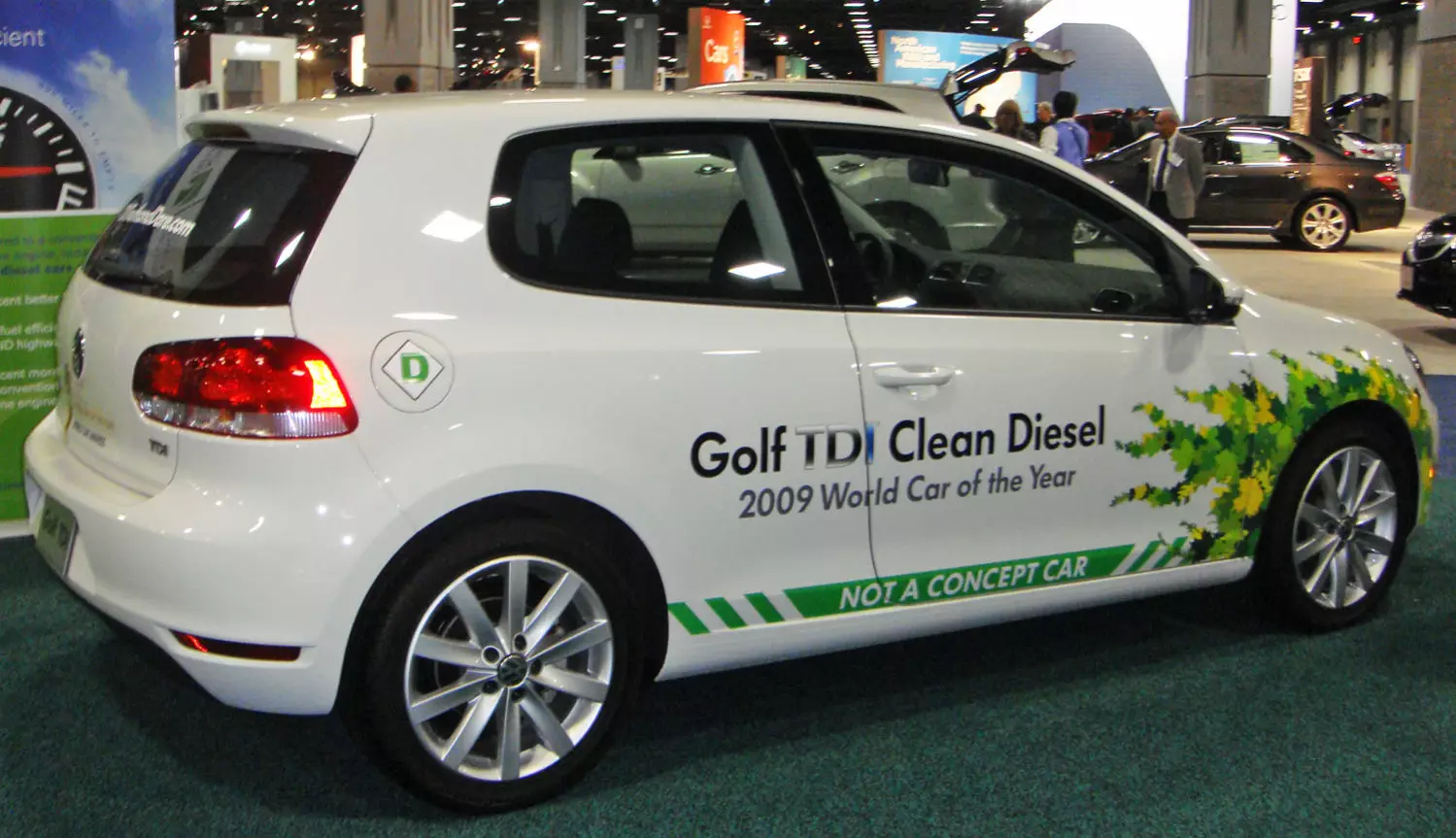It was in September 2015 that the emissions scandal it broke. The Volkswagen group was accused of using defeat devices in its cars equipped with the EA189 diesel engine family, capable of circumventing approval tests.
The car could “know” when it was in a laboratory test by changing the engine management map and ensuring compliance with the emission regulations, returning to the normal use map when on the road — ingenious but illegal… especially in the US, as Diess says in an interview at Volkswagen Group of America facilities:
Legally, we had here (USA) a situation that was much more severe (when compared) with the rest of the world, because our cars, when we launched them, did not comply with the legislation.

In March 2017, the Volkswagen group pleaded guilty in the US to charges of conspiracy, obstruction of justice and introduction of imported goods into the US under false declarations, resulting in one of the most expensive deals ever — more than 13 billion dollars euros.
The differences in the way the case was approached and handled in the US differed greatly from Europe, as the gaps in European legislation were large enough to justify the presence of the defeat devices.
However, it did not avoid a mega-operation to collect the affected vehicles on this side of the Atlantic, more than 10 million units, and opened a series of investigations not only to other engines of the German group, but also to other manufacturers — German and beyond — , which resulted in multiple collection operations.
Perhaps the biggest consequence of the emissions scandal or Dieselgate is the “announced death” of Diesel, whose last two years have been truly bleak — accelerated sales drop, threats of road bans, announcements of diesel abandonment by the most varied manufacturers…
Subscribe to our Youtube channel.
A perfect storm? But you know what they say, after the storm...
… comes the calm
At least that's what it looks like according to the speech by Herbert Diess, who says that the group has already put “more” part of the emissions scandal in the past, thanks to the change of strategy towards electric mobility and efforts to clean up its own home, which involved spending over 26.5 billion euros to solve all the problems.Herbert Diess, Volkswagen Group CEOThe arrangement in Europe was relatively easy; it was a software update for about 10 million cars (…). We fixed 90% of the cars, but it wasn't a really severe technical problem. The situation here in America was by far the most critical globally. And it has to do with the regulation of emissions here in the US, which is much stricter than in the rest of the world.
However, legal issues still remain unresolved, as a result of the numerous lawsuits filed, as well as investigations into the development of “Clean Diesel” engines (clean Diesel), which, for example, led this year to the arrest of the former CEO of the Audi, Rupert Stadler (released in October).
Diesel has a future in the Volkswagen group
The bet on electrification is strong, with recent statements from Diess claiming to have secured enough batteries to produce 50 million electric vehicles, but such a bet does not mean the end of Diesel in the group, contrary to the announcement of other manufacturers.
Diesel engines will continue to have a presence in the brand's portfolio because in some cases it remains the most “rational” driving option, especially for longer distances and larger vehicles.
The group is already working on the next generation of diesel engines and they will continue to be sold in Europe and other international markets… but not in the US: “because Diesel here (US) has always been a niche in passenger vehicles”.
The investment in Diesel is to continue because, as Diess says, “in many countries there is no renewable energy available. And so, if we do the math, Diesel is probably still the best option for mobility with low CO2 emissions“.
Source: Automotive News
